In our quest to maintain the longevity of our textiles, mastering smart laundry habits is essential. Linens, due to their delicate nature and frequent use, require careful attention. With the right approach, we can extend their lifespan, keeping them vibrant and functional for years.
Smart laundry habits go beyond washing and drying. It means understanding different fabrics, avoiding common pitfalls, and adopting effective techniques. This guide will cover all aspects of linen care, from washing to storing including linen hand towels to keep them soft, durable, and fresh.
By following these practices, we save money by reducing replacements and support a more sustainable lifestyle. Embracing these habits helps keep our linens as fresh and beautiful as the day we bought them.
Understanding the Importance of Proper Laundry Care

Proper laundry care is more than just a chore; it’s essential to maintaining the integrity and appearance of our linens including bedsheets. When we treat our fabrics with care, we preserve their quality and extend their usability. This approach benefits us and supports environmental sustainability by reducing waste.
By understanding the specific requirements of various fabrics, we can tailor our laundry practices accordingly. Different materials have distinct needs, from water temperature to detergent type. Recognizing these nuances helps us avoid mistakes that can cause damage or discoloration.
Moreover, taking time to care for our linens can be rewarding. It allows us to appreciate the craftsmanship and materials behind high-quality linens. Through careful maintenance, we ensure our investment continues to pay off overtime.
Common Mistakes That Shorten Linen Lifespan
Despite our best intentions, certain laundry mistakes can shorten the lifespan of linens including turkish cotton towels. One common error is overloading the washing machine, which prevents thorough cleaning and causes friction that damages fiber.
Another frequent mistake is using too much detergent. Excess detergent can leave residue that attracts dirt and bacteria, stiffening the fabric and making it wear out faster.
Lastly, improper stain handling can cause permanent damage. Vigorous scrubbing or harsh chemicals can weaken fibers and cause discoloration. It’s important to treat stains gently with appropriate products to preserve the fabric.
Drying Techniques for Longer-Lasting Linens
Drying linens properly is as important as washing them. The chosen method impacts fabric texture and durability. Air drying is preferred because it minimizes exposure to high heat, which can weaken fibers. When using a dryer, opt for a low-heat setting to prevent damage and shrinkage.
Removing linens while slightly damp reduces wrinkles and allows gentler natural drying. For air drying, hang linens in a shaded area to avoid sun damage that fades colors and weakens fibers. Shaking out linens before hanging helps reduce wrinkles, making ironing easier.

Storing Linens: Tips for Maintaining Freshness
Proper storage is essential for maintaining the freshness and quality of linens. Before storing, ensure linens are completely dry to prevent mildew or mold growth. Folding them neatly helps prevent creases and makes storage easier.
Using breathable cotton bags or boxes protects linens from dust and pests while allowing air circulation. Avoid plastic containers, as they trap moisture and cause yellowing. Adding lavender sachets or cedar balls can add a pleasant scent and deter moths.
Rotating stored linens periodically helps maintain freshness and prevents any set from becoming overly worn. This ensures all sets receive equal use and care.
Choosing the Right Detergents and Fabric Softeners
The choice of detergents and fabric softeners significantly affects the longevity of linens. Opting for a mild, eco-friendly detergent cleans effectively without damaging fibers. Harsh chemicals and fragrances can degrade fabric and cause skin irritation, so products for delicate fabrics are best.
Fabric softeners enhance softness but should be used sparingly. Overuse leads to buildup that reduces breathability and absorbency. Alternatively, adding half a cup of white vinegar during the rinse cycle softens fabrics naturally without residue.
Reading labels and understanding the ingredients in our laundry products can help us make informed choices. Many manufacturers offer specialized products for different fabric types, allowing us to tailor our laundry routine to meet the specific needs of our linens.
How to Handle Stains Effectively
Dealing with stains promptly is crucial for maintaining the appearance of linens. Fresh stains are easier to remove than set-in ones. Blotting gently with a clean cloth can prevent spreading.
Using the right stain remover is essential. Choose a product suitable for the specific stain and fabric. Test it on an inconspicuous area first to avoid discoloration or damage.
For tough stains, soaking linens in cold water with a small amount of detergent helps lift the stain before washing. Avoid hot water, as it can set stains further. Handling stains with care preserves the beauty and functionality of linens.
The Role of Temperature in Laundry Care

Temperature plays a pivotal role in laundry. Hot water kills germs and removes heavy soil but can cause shrinkage and fading in delicate fabrics. Cold water is gentler, protects colors, and still cleans effectively.
Understanding the right temperature for different linens is important. Cotton and polyester blends tolerate warmer water, while silk and wool require cooler settings. Always check the care label before washing to select the optimal temperature.
Temperature also affects drying. High heat can damage fibers, leading to wear and tear. Using low heat or air drying helps maintain fabric integrity. Being mindful of temperature ensures linens last longer.
Conclusion
By embracing smart laundry habits, we can extend the lifespan of our linens. From washing and drying to storing and handling stains, each step helps preserve the quality and appearance of our fabrics. These practices save money and contribute to a more sustainable lifestyle.
Incorporating these habits into our routine keeps linens soft, vibrant, and free from wear. It’s a small investment of time that pays off with linens looking and feeling as beautiful as the day we first used them.
Now that we’ve explored these tips, let’s put them into practice. By making these changes today, we’re not just caring for linens but enhancing the comfort of our home. Take the first step and transform your laundry routine to value quality and sustainability.







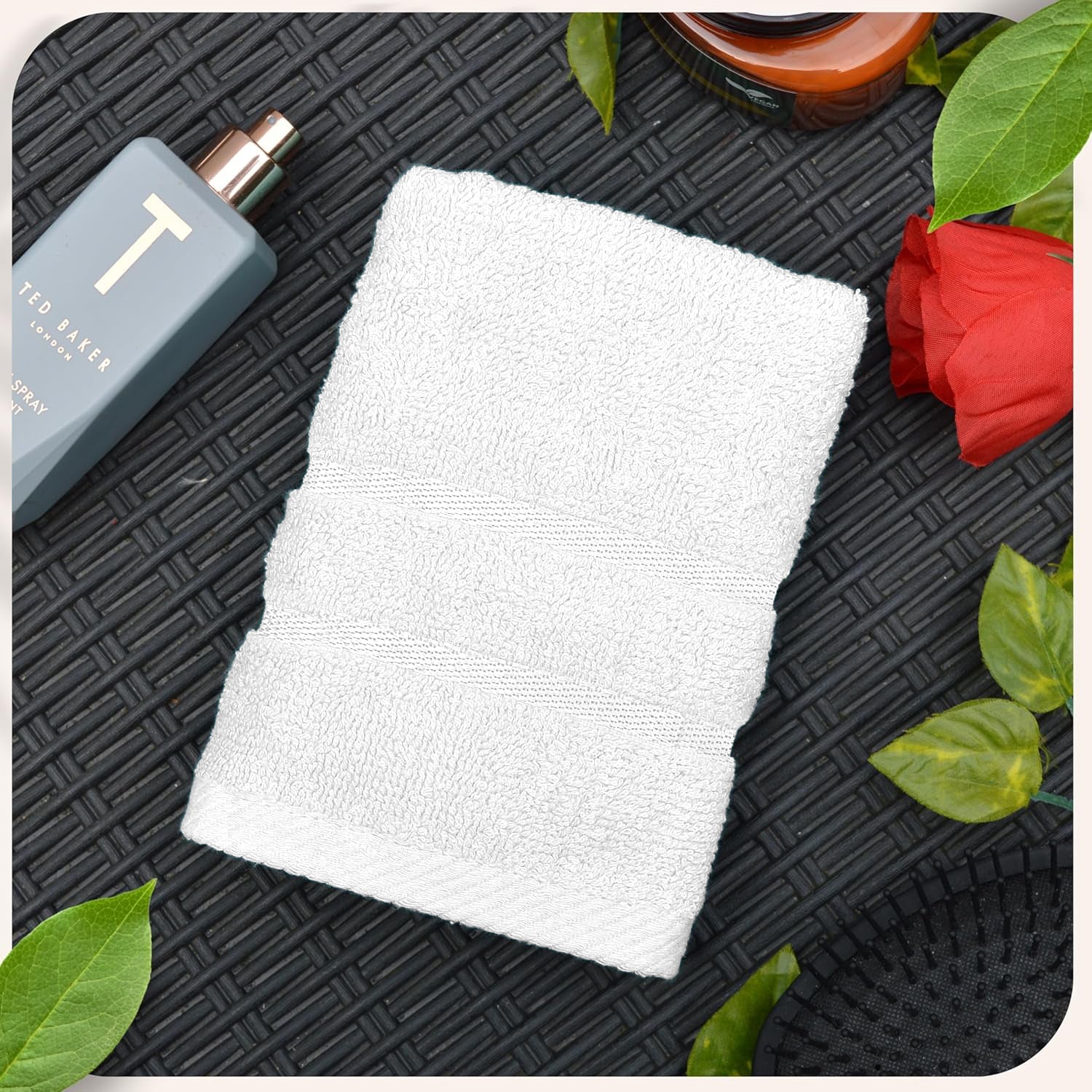
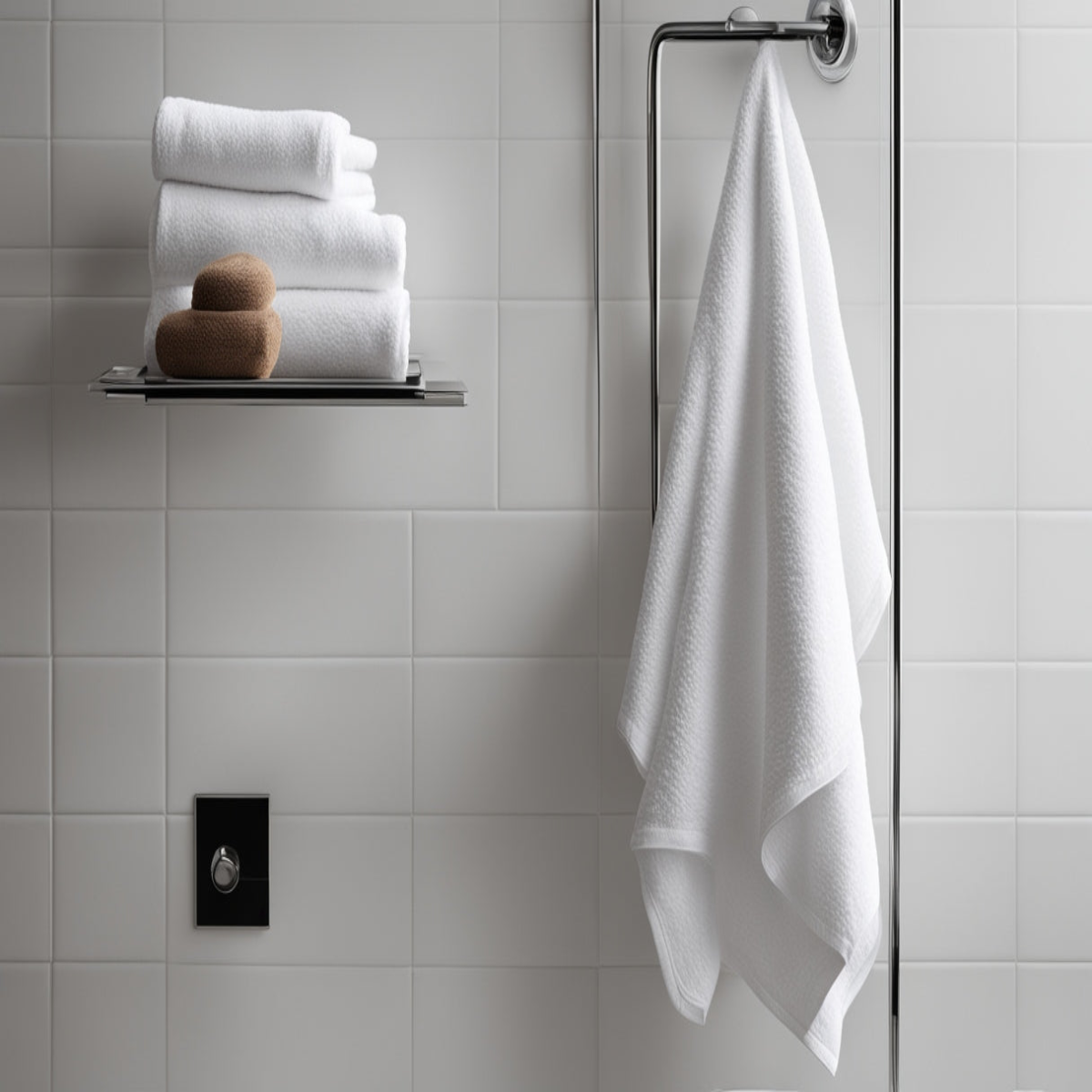
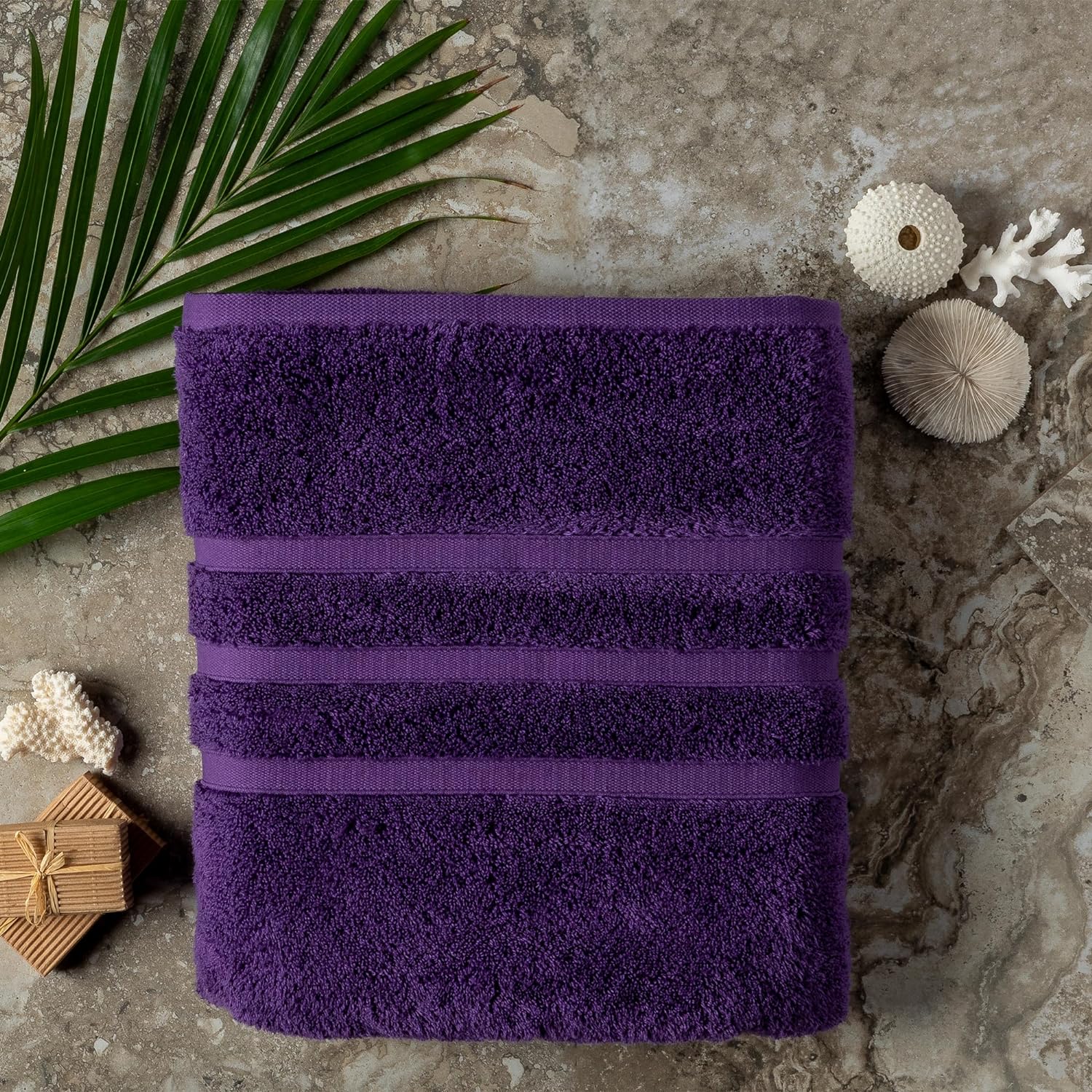

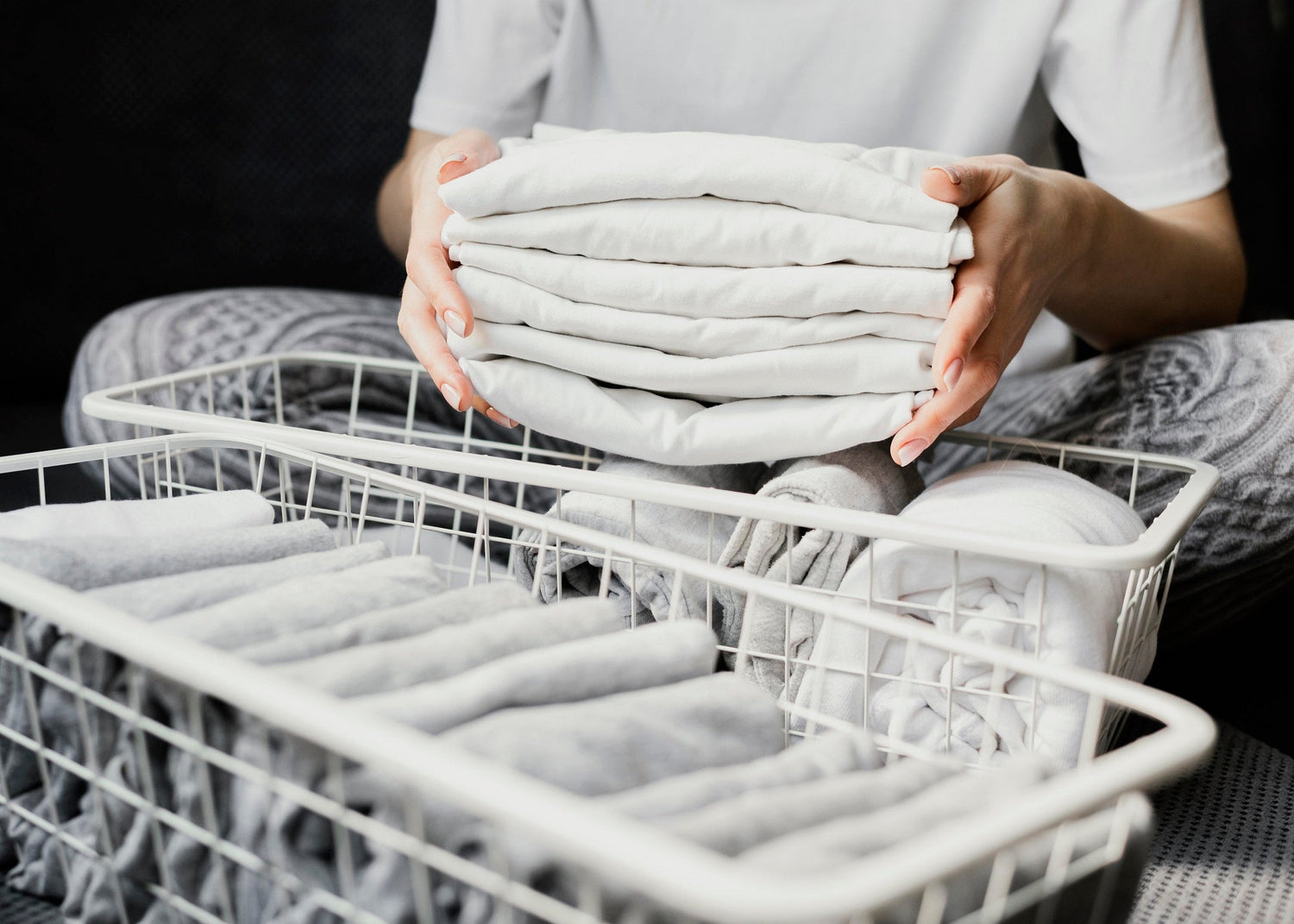
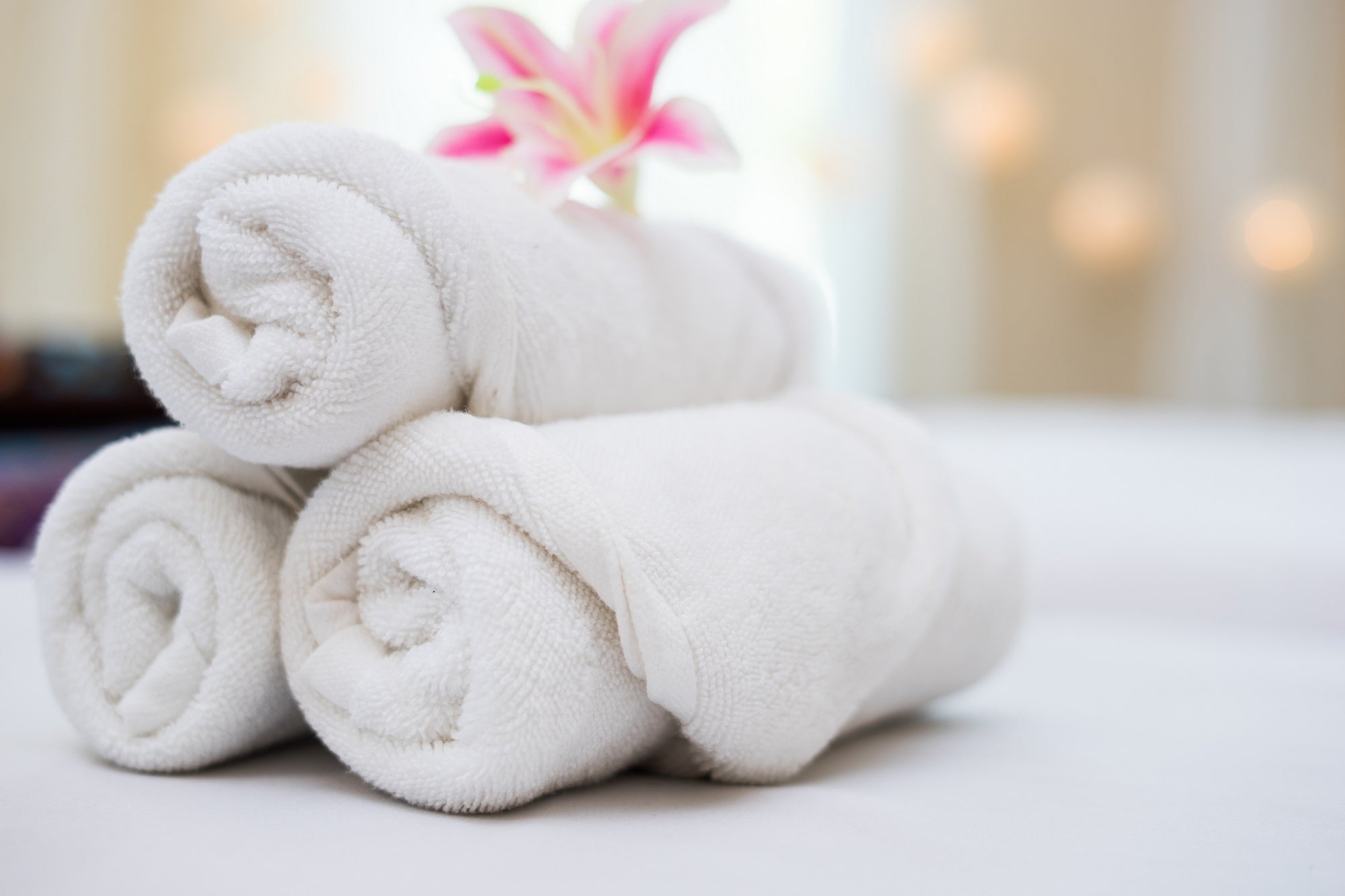

Leave a comment
This site is protected by hCaptcha and the hCaptcha Privacy Policy and Terms of Service apply.